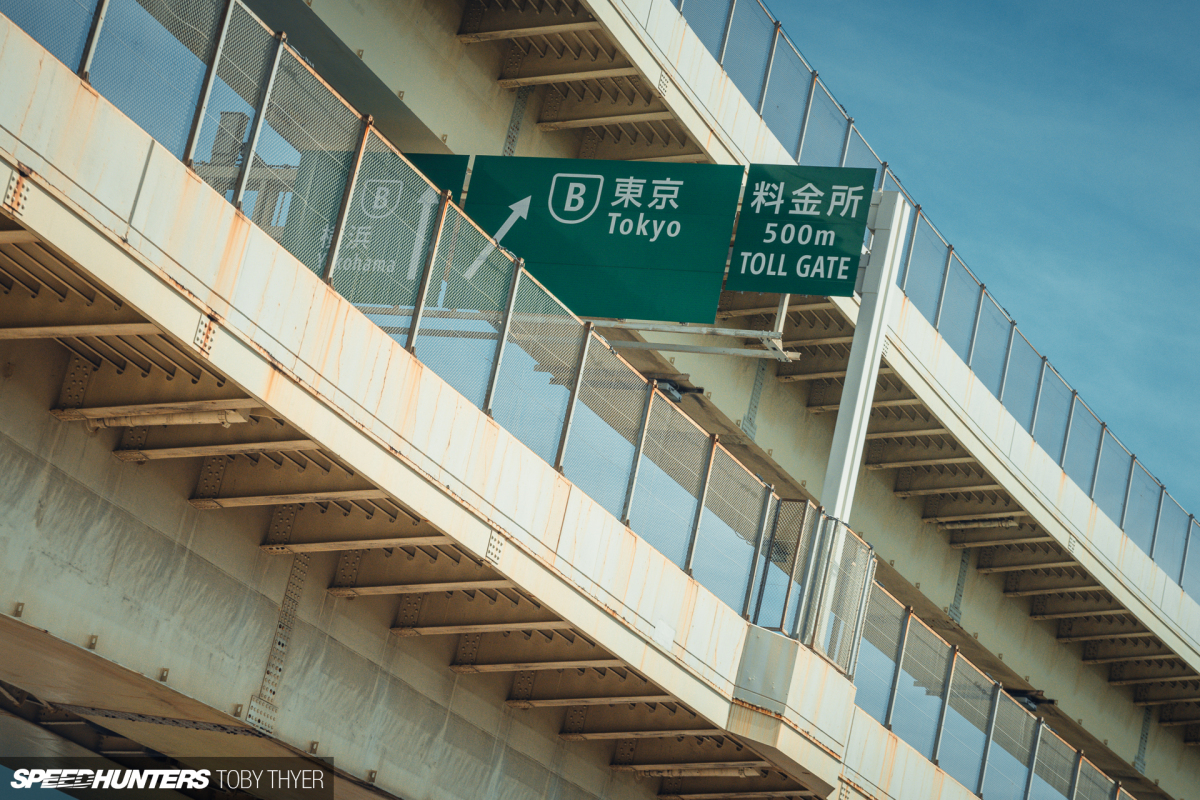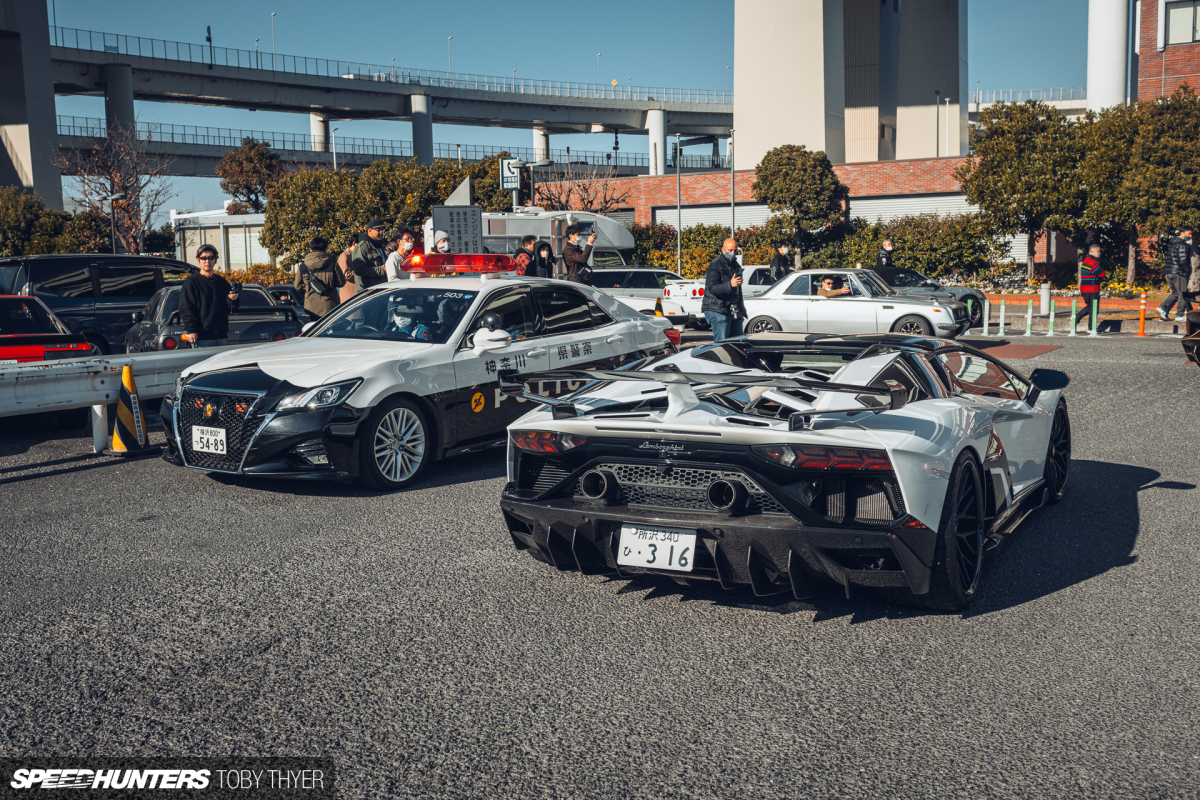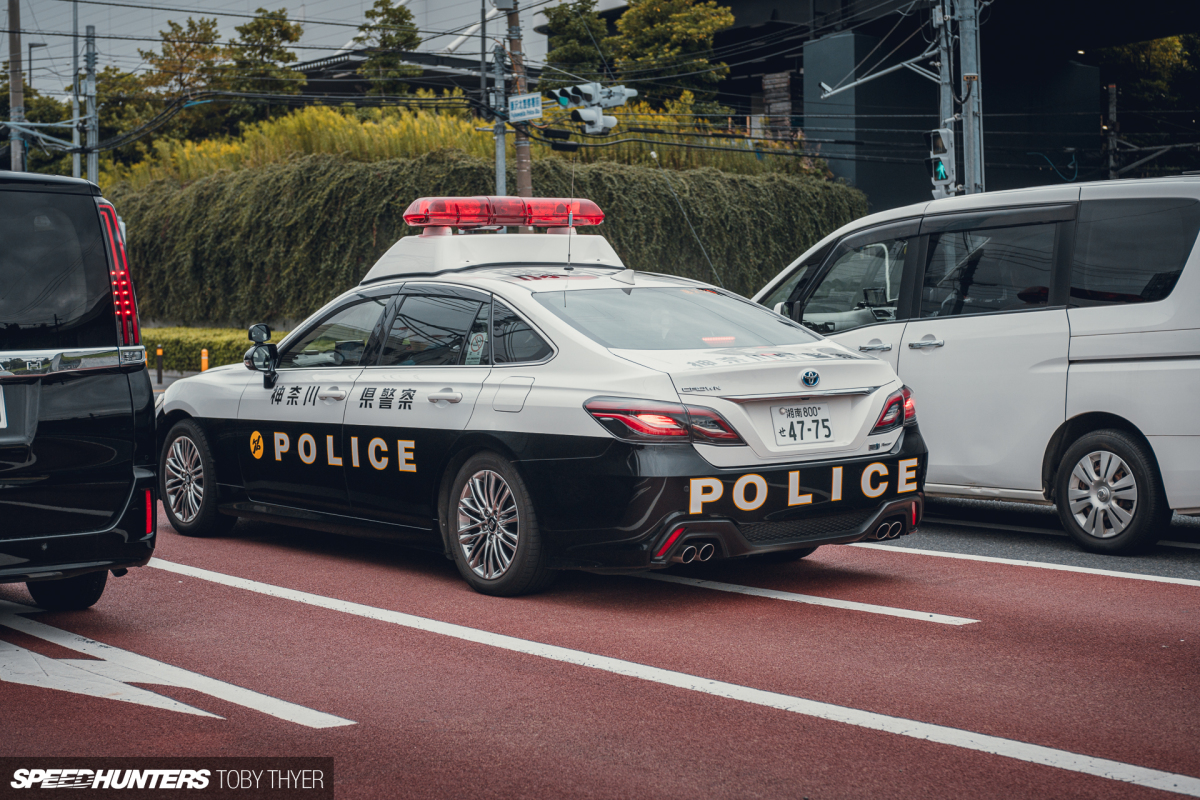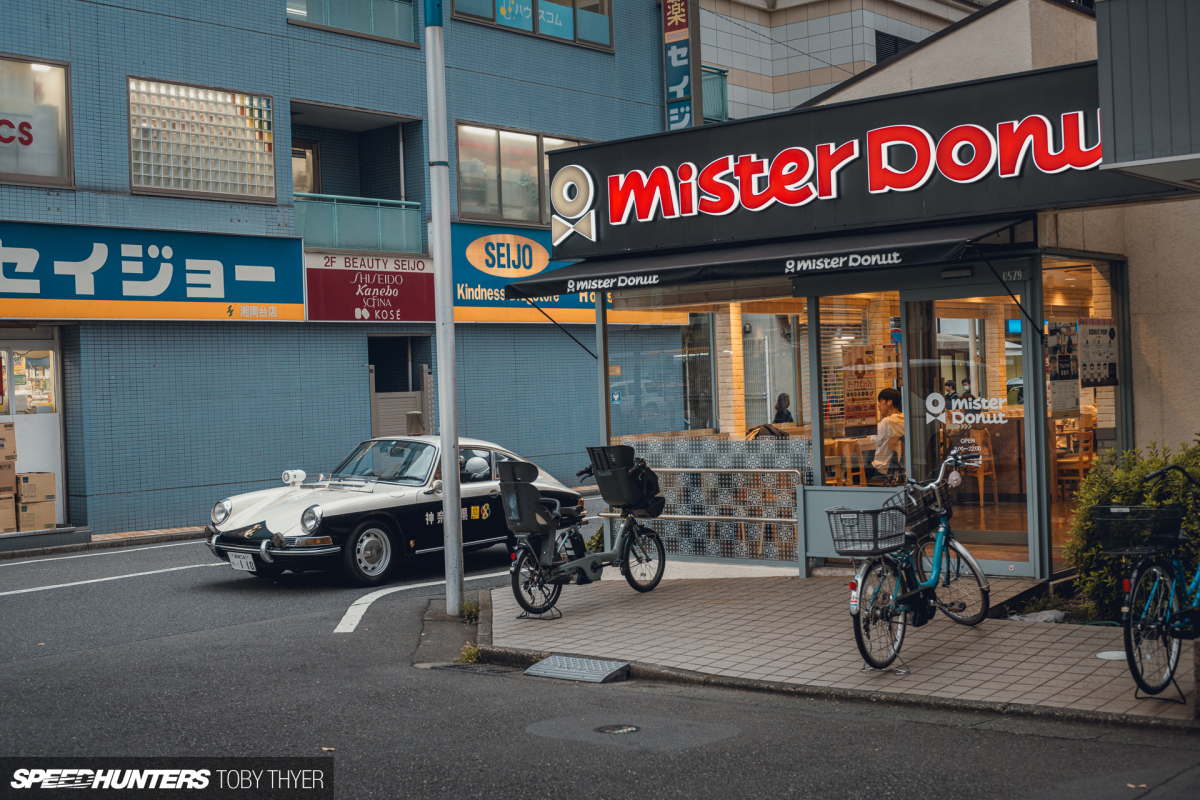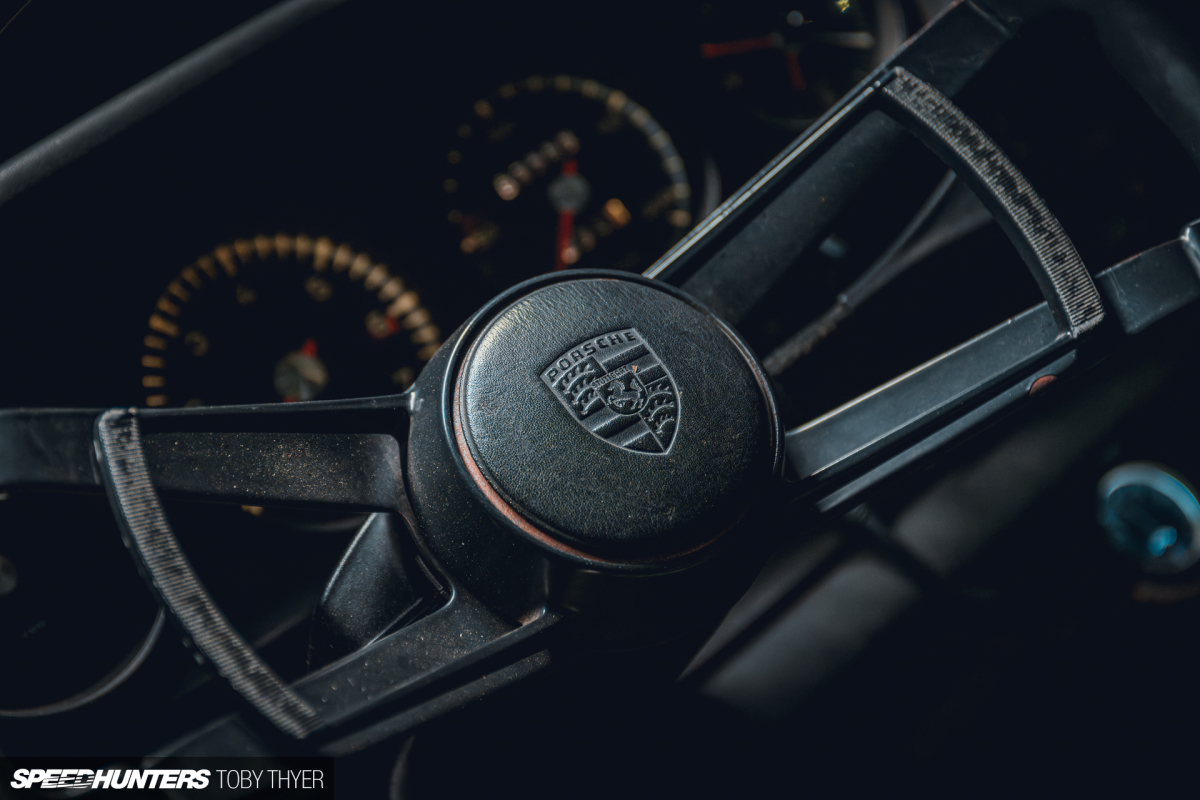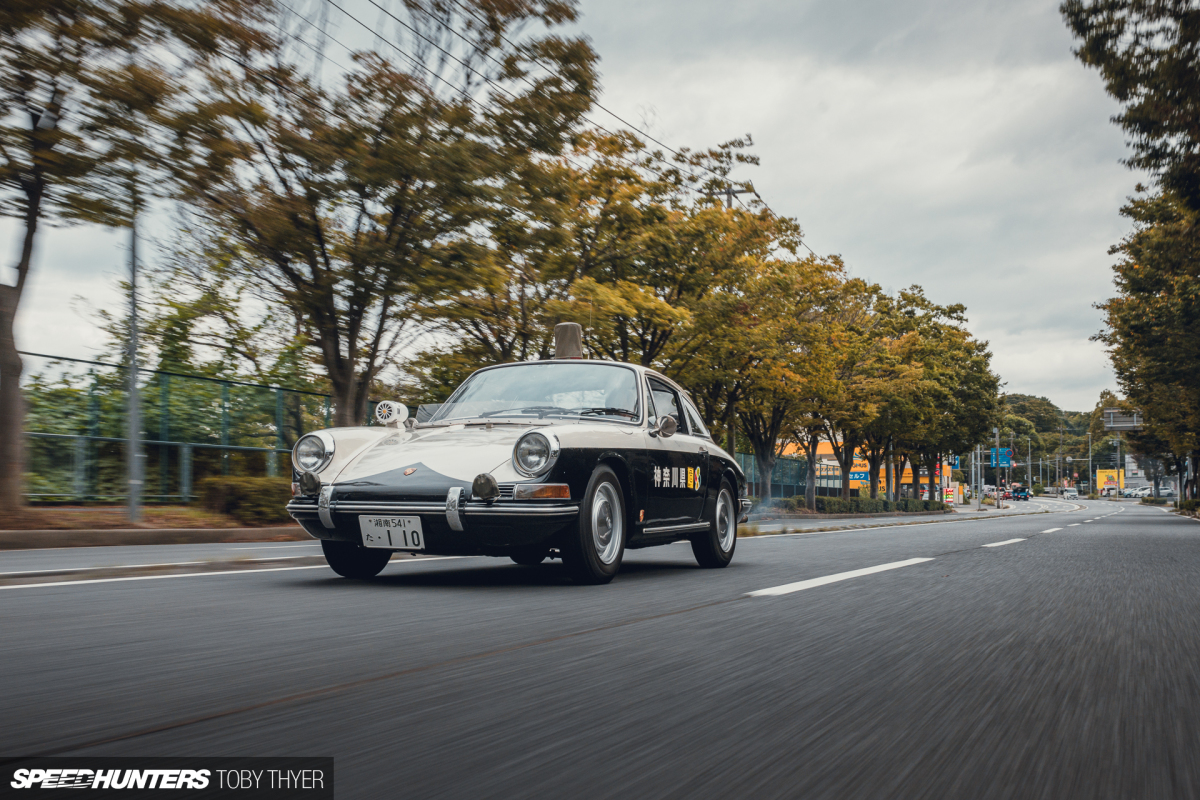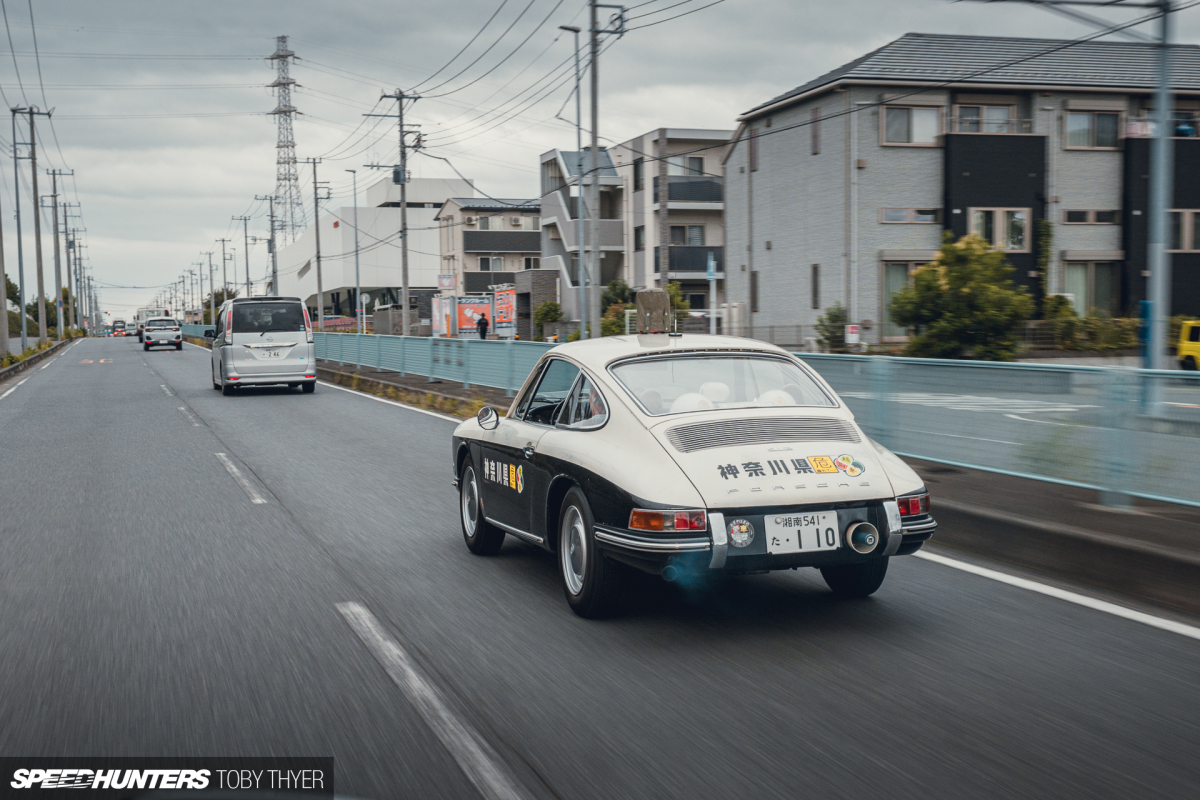Expressways, motorways, highways, or autobahns – no matter you name them, all of them result in journey.
These roads join cities, carve by means of landscapes, and provide drivers the liberty to journey. However wherever there’s an amazing street, there’s prone to be a patrol automotive silently holding order. Between 1968 and 1974, Japan’s expressways have been policed by one of many coolest: the Porsche 912. I caught up with Takahiro-san, the proprietor of Japan’s final surviving Porsche patrol automotive, to listen to its story.


However earlier than we get into that, let’s take a second to understand these roads. Highways and expressways do greater than alleviate inner-city congestion – in addition they present entry to among the most beautiful corners of the world. From the Atlantic Ocean Street in Norway to Italy’s Stelvio Go, Tianmen Mountain Street in China, and Combe Laval in France, these routes don’t simply present beautiful views, they’re additionally extremely engineered.

Japan, nevertheless, is a distinct problem. With 73 per cent of its land lined by mountains, you’d assume lengthy, straight stretches of motorway could be a uncommon commodity. But, Japan’s civil engineering is nothing in need of miraculous. Expressways right here appear to defy nature, chopping by means of valleys, tunnelling by means of mountainsides, and even burrowing beneath Tokyo Bay. They are surely excellent.


However, like a lot of Europe, Japan requires tolls to take care of this community, and it’s clear the place the cash goes. The roads are easy, well-maintained, and, for probably the most half, free-flowing – making them irresistible to drivers in any respect hours…

In 1998, one among Japan’s most infamous drivers, Kazuhiko ‘Smoky’ Nagata of High Secret, hit 194mph (312km/h) on the UK’s A1 motorway earlier than being apprehended by the police. Had Nagata-san been on the German autobahn, he may need damaged the 200mph barrier. If any nation may belief its drivers to take duty like Germany, it could be Japan, the place the driving tradition is one among warning and respect for the principles. However in the end, the one option to be 100 per cent positive that order is maintained is to implement a velocity restrict. And for that, you want patrol vehicles on the expressways.

Japan’s first expressway opened in 1963, connecting Nagoya and Kobe. Within the following decade, as Japan’s financial system boomed and cities grew, the community of expressways expanded quickly. By 1964, the primary stretch in Tokyo linked Haneda Airport to town centre – essential infrastructure forward of the Tokyo Olympics. The Tomei Expressway, connecting Tokyo and Nagoya, opened in 1968 as one of many primary arterial routes for journey out and in of the metropolis.


With the rise of those high-speed roads got here a brand new problem for legislation enforcement. To patrol them, Japan turned to a car with expertise in visitors management on the German autobahn: the Porsche 912.
Imported by MIZWA (like all Porsches of the time), 4 air-cooled 1.6L flat-four 912s have been chosen for responsibility on the key expressways. Takahiro-san’s 912 was stationed on the Tomei Expressway on the western aspect of Tokyo and into Kanagawa Prefecture.

Why the 912, and never the extra highly effective 911? Easy: reliability and gasoline financial system. The 912’s Sort 616/36 push-rod engine, taken from the 356, supplied higher vary and was simpler to take care of than the 911’s 2.0L flat-six.
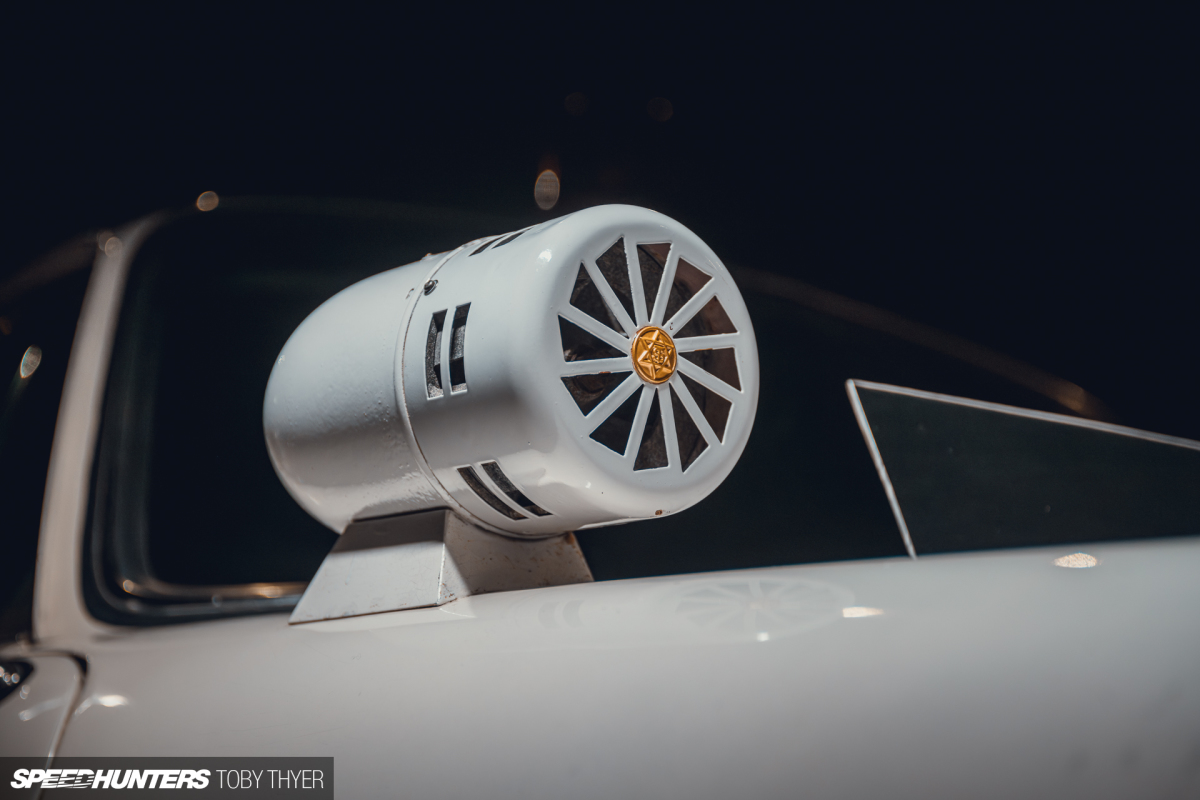
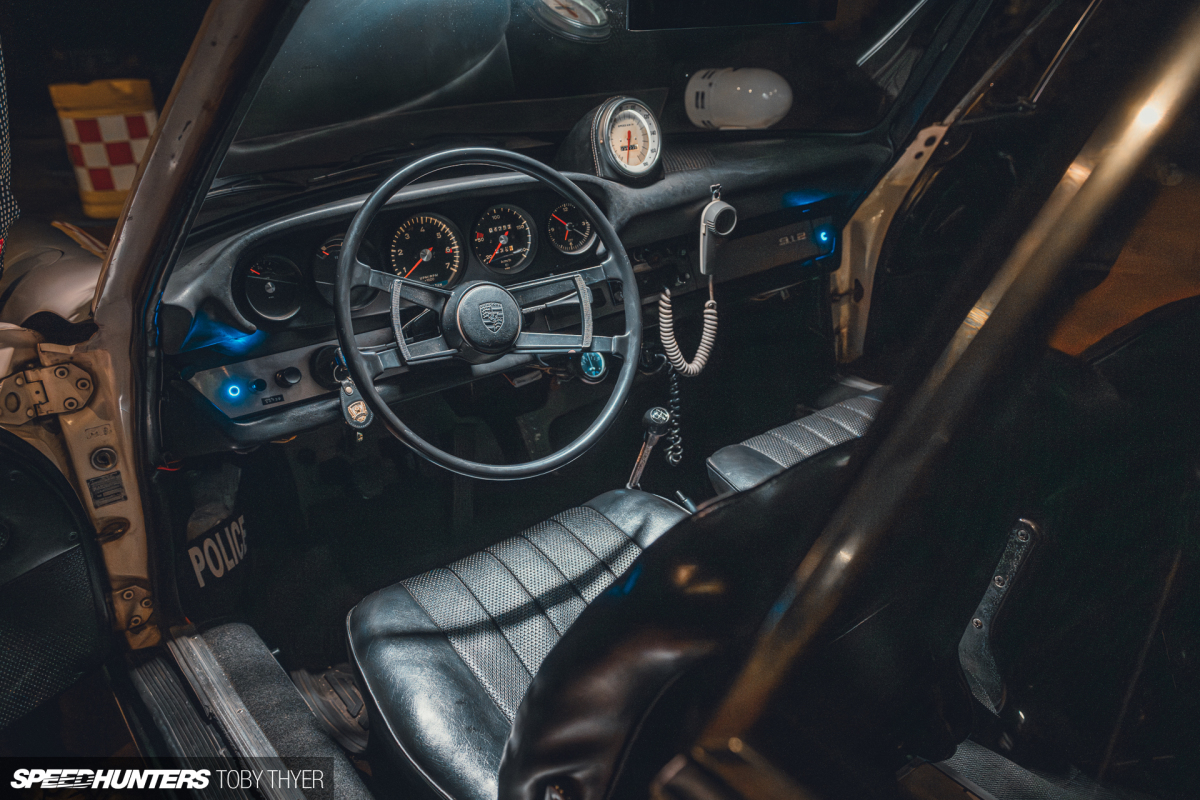
These police vehicles have been mechanically customary, save for the additions of sirens, lights, a magnetic velocity clock, a radio, and a phone.


The Kanagawa 912 featured a police badge on its nostril – a transfer Stuttgart wasn’t thrilled about, and one thing later rectified – which is why the automotive additionally carries Porsche decals on its entrance fenders.

Takahiro-san’s automotive is the final of its form and, so far as we all know, the one one nonetheless patrolling – unofficially – the Tomei Expressway in Kanagawa prefecture. In its six years of precise service, it clocked up 155,943km (96,800mi) on its odometer and made a powerful high-speed arrest, catching a suspect travelling at 178km/h (111mph).


However by the early Seventies, the 912’s time was working out. Elements have been scarce, as have been technicians to match them, and vehicles they have been meant to catch have been turning into quicker. Then, in 1973, as a ultimate nail within the 912’s coffin, the worldwide oil disaster took its toll. So, in 1974, the Japanese police upgraded their fleet with home fashions that included the first-generation Nissan Silvia, Cedric, and even the Fairlady 240ZG, together with the Mazda Cosmo and Luce.

As a substitute of being scrapped, the decommissioned 912s have been despatched to numerous police stations to be displayed for public admiration. For the following 25 years, schoolchildren visited them on subject journeys, marvelling at their once-heroic standing. Ultimately although, price range cuts made scrapping them extra inexpensive. However Takahiro-san wasn’t about to let the historical past of Japan’s 912 patrol vehicles fade away.

After negotiating for six months with a scrapyard, he managed to rescue one of many 912s. Unable to register the automotive in Japan, Takahiro-san shipped it to america, received it registered there, after which despatched it again to Japan, the place he may legally re-register it. At this time, it stands as a dwelling piece of historical past: the final surviving Porsche 912 police automotive in Japan, as soon as tasked with sustaining order on the nation’s highways.
Toby Thyer
Instagram _tobinsta_
tobythyer.co.uk

